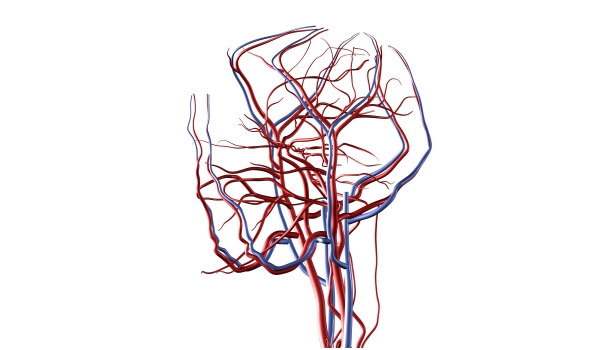Arteries

Understanding the 3 main blood carriers is vital to grasp our circulatory system, the largest being the arteries.
What are they?
Our arteries are strong, elastic blood vessels that are responsible for carrying oxygen-rich blood from our heart to our organs and tissues.
Function.
The first, and largest of our arteries is the aorta. It originates from the left ventricle of the heart, bringing blood into the chest cavity before dividing and branching out into many smaller arteries that carry oxygen and nutrients to every part of the body.
Arteries are tough on the outside and smooth on the inside, with a muscular wall that assists the heart in pumping blood. Each time the heart beats, the arteries expand as they fill with blood. When the heart relaxes, the artery contracts, exerting a force that is strong enough to push the blood along.
Construction.
The construction of these vessels is vital to this function. They have three layers:
- An outer layer of tissue
- A muscular middle section this is very strong and elastic,
- A smooth inner layer of epithelial cells this allows the blood to flow easily
The constant rhythm between the heart and the artery results in an efficient circulation system however it can be disrupted if due to poor diet or lack of exercise, our vessels become clogged or lose their elasticity.
It is this pulsing of the vessels that we actually measure when we take our pulse to measure our heart rate.




